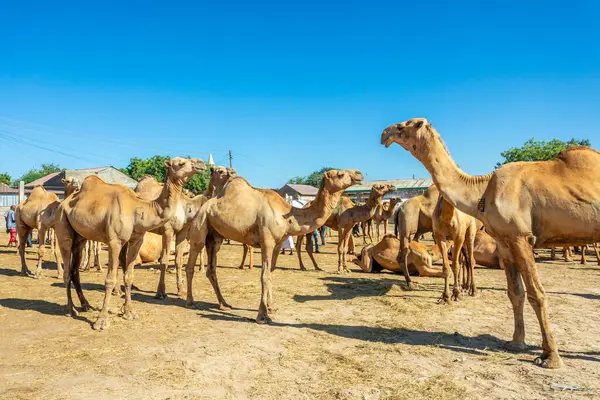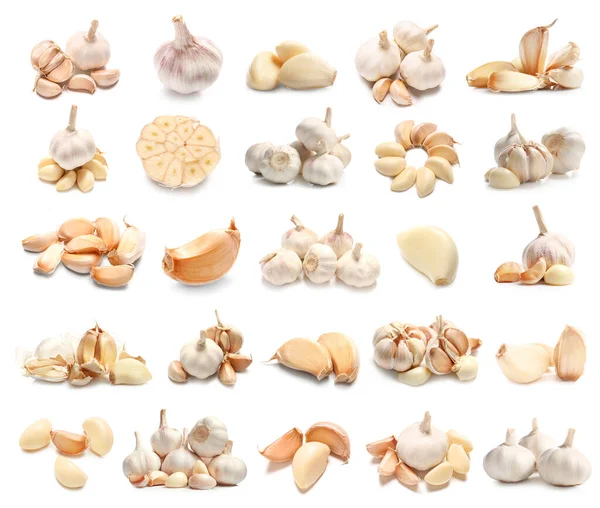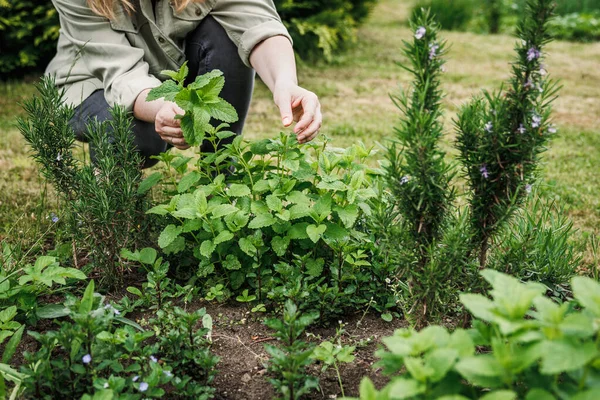Camel milk farming is growing fast in Kenya and across the East Africa and the Middle East regions.
Camel rearing is especially popular where climate change affects traditional livestock farming. Camel milk, meat, wool, and other byproducts are in high demand globally and locally. Camel milk has many health benefits. It is rich in vitamins and minerals and has less fat than cow’s milk. This makes camel farming very profitable business opportunity for an investor like you.
This guide will help you start and succeed in camel milk farming in Kenya. It covers various aspects such as choosing the right camel species, animal health care, labor requirements, and overcoming common challenges.
Related:
Facts about Camel Farming in Kenya
Camel farming is becoming increasingly important in Kenya, especially among pastoralists and nomads. Here are some key points about camel farming in Kenya:.
- Growing Popularity: Camel farming is gaining popularity in Kenya due to camels’ ability to survive long periods without water and thrive in arid and semi-arid regions. This resilience makes camels a valuable asset in the face of frequent droughts..
- Milk Production: Camels produce more milk than cows, with each female camel capable of producing 4 to 10 liters of milk per day. Camel milk is highly valued for its nutritional and medicinal properties.
- Market Demand: Camel milk fetches better prices due to its unique taste, health, and nutritional benefits. It sells for around Sh80 to Sh300 per liter.
- Diversification: Climate change has led to a decline in cattle populations, causing many pastoralists to shift towards camel farming as a more resilient option. This diversification helps to spread farmers risk and ensures a steady supply of milk and meat during droughts.
- Value Chain: Camel milk is collected, processed, and sold through various stages, including local markets and cooperatives. This provides a source of income for many pastoralist communities.
- Cultural Significance: Camels have cultural and historical importance in many Kenyan communities, particularly among the Borana, Somali and Rendille tribes.
Is Camel Farming Profitable in Kenya?
Camel farming is a lucrative business in Kenya, particularly among pastoralists and nomads who move in search of water and green pastures. With the right planning and execution, a camel farm can provide a sustainable source of income and contribute to the country’s food security. Here’s a step-by-step guide on how to start a profitable camel farm in Kenya.
Costs of Camel Farming in kenya
It takes around 4-5 years for a young camel to mature and reach full productivity for milk, meat, or wool. Once the herd is established, camel farming can be a very lucrative business, driven by high demand for camel products globally and locally.
The initial costs of starting a camel farm in Kenya include:
- Camel Calves: Young camel calves cost around Ksh20,000 each.
- Land Preparation: Clearing and leveling the land can cost between Ksh2,461 to Ksh35,923.
- Fencing and Shelter: Installing fencing and shelter for the camels can cost between Ksh5,000 to Ksh20,000.
- Feeding Troughs and Watering Systems: Essential equipment for feeding and watering the camels can cost between Ksh1,000 to Ksh5,000.
- Veterinary Care: Regular veterinary check-ups and vaccinations can cost around Ksh1,000 to Ksh5,000 per year.
How Profitable is Camel Farming in kenya?
A single camel can potentially generate over Ksh200,000 (around $1,350) in revenue from meat, milk, bones, fat, and hides. In urban areas, camel owners can generate extra income by offering camel rides.
Some market data on camel products is as follows.
- A single female camel can be sold for Ksh100,000 to Ksh180,000 (around $675 to $1,200).
- A male camel can fetch Ksh50,000 to Ksh100,000 (around $340 to $675).
- The average Somali breed of camel weighs about 450 kg, of which 56% is meat (250 kg). This meat can fetch around Ksh100,000 (around $675).
- Camel milk can fetch Ksh80 to Ksh300 per liter (around $0.55 to $2.05). A lactating camel can produce 3-15 liters of milk per day. Camels can produce 1,000 to 3,500 liters of milk during their 0-18 month lactation period, depending on the breed.
- Camel bones, fat, and hides can also be sold for additional revenue.
Here’s a step-by-step guide on how to start a profitable camel farm in Kenya.
Where to Raise Camels in Kenya
Major camel-rearing counties in the Kenya include Mandera, Wajir, Garissa, Turkana, Marsabit, Isiolo, Tana River, Samburu, and Baringo. It is predominant among the pastoralist communities in northern Kenya, such as the Borana, Rendille, Pokot, Maasai, and Samburu. These communities have traditionally relied on camels for milk, meat, transportation, and cultural practices.
While camel rearing has been primarily a pastoralist activity, there is a growing trend of camel farming in Kenya. Some counties, such as Laikipia, Kitui, and Kajiado, are seeing an increase in camel farming, particularly among agropastoralists and small-scale farmers. T
Key Factors to Consider When Setting Up a Camel Milk Farm
- Land and Infrastructure: Ensure your farm has sufficient space and facilities tailored to camel needs. Proper infrastructure supports animal health and operational efficiency.
- Feed and Nutrition: Provide high-quality feed rich in nutrients to sustain high milk production.
- Water Management: Guarantee a consistent supply of clean water to keep camels healthy and productive.
- Regulatory Compliance: Understand and adhere to local regulations and health standards. Compliance ensures smooth business operations and access to broader markets.
Choosing the Right Camel Species
Selecting the best camel species is crucial for successful camel milk farming. The two main species used are the dromedary (Camelus dromedarius) and the Bactrian (Camelus bactrianus).
Dromedaries are preferred for milk production, yielding 4-6 liters per day per camel. They are well-suited for hot, arid climates, making them ideal for regions like Kenya. Bactrian camels, while producing less milk, thrive in harsher climates and have longer lifespans.
For most milk-focused operations, dromedaries are the best choice due to their higher productivity.
Best Camel Breeds for Milk Production
To maximize milk yield, focus on high-producing camel breeds:
- Malhah Breed: Known for the highest milk yield, producing an average of 9.33 kg per day.
- Wadhah Breed: Yields approximately 8.94 kg per day, balancing productivity and resilience.
- Safah Breed: Produces around 8.13 kg per day, known for its adaptability.
- Hamrah Breed: Offers about 6.83 kg per day, still substantial for commercial purposes.
Choosing high-yield breeds like Malhah can significantly boost your farm’s productivity and profitability, ensuring a quicker return on investment.
Camel Health Care and Management
Proper animal care is essential for maintaining the health and productivity of your camel herd:
- Nutrition: Provide a balanced animal feed that includes hay, grains, and essential minerals. Good nutrition directly impacts milk production and overall camel health.
- Water Quality: Ensure access to clean water, vital for hydration and milk quality.
- Veterinary Care: Schedule regular veterinary check-ups and vaccinations to prevent diseases and maintain herd health.
- Milking Techniques: Employ hygienic milking practices and maintain a consistent schedule to ensure high milk quality and yield.
Read Next:
How to make Homemade Dairy Feed in Kenya: A Guide
Marketing, Processing and Selling Camel Milk
Camel milk is collected, processed, and sold through various ways, including local markets and cooperatives, which provide a source of income for many pastoralist communities
As a camel farmer, here are some effective marketing strategies to make you more money from tour camel farm.
- Branding: Develop a strong brand identity to differentiate your products in the market. A unique brand can command higher prices and build customer loyalty.
- Target Audience: Identify your target market and tailor your marketing strategies accordingly. Knowing your customers helps in creating effective marketing campaigns.
- Product Diversification: Process a range of camel milk products, such as milk, cheese, and butter, to cater to diverse consumer preferences. value addition opens additional revenue streams.
- Online Presence: Establish an online presence through social media and e-commerce platforms to reach a wider audience. Online marketing can significantly boost sales and brand recognition.
Common Challenges in Camel Farming
For an established camel farmer, the biggest challenge is preservation and meeting export standards, but the international market offers higher prices for camel milk and meat.Prepare for and address potential challenges in camel milk farming:
| Challenge | Mitigation | |
|---|---|---|
| Climate Sensitivity | Climate change can affect milk production. | Adopt sustainable farming practices to mitigate these risks. |
| Economic Volatility | Camel milk prices can fluctuate. | Diversify product offerings and establish stable contracts to maintain a steady income. |
| Labor Management | Address labor shortages by providing training and incentives to retain skilled workers. | A motivated and skilled workforce enhances farm productivity. |
| Financial Considerations | Initial costs for infrastructure and equipment can be high. | Proper financial planning and investment are crucial for long-term success. |
In Conclusion
Camel milk farming is a great opportunity. Choose the right camel species and take good care of them. Plan your farm well and market your products effectively. This will help you succeed. Investing in camel milk farming can bring significant returns and support sustainable agriculture. It is a worthwhile venture.
With the right approach and dedication, you can thrive in this industry. You will also help your region’s economy grow. Stay informed and connected with experts to keep improving your farm.
.



